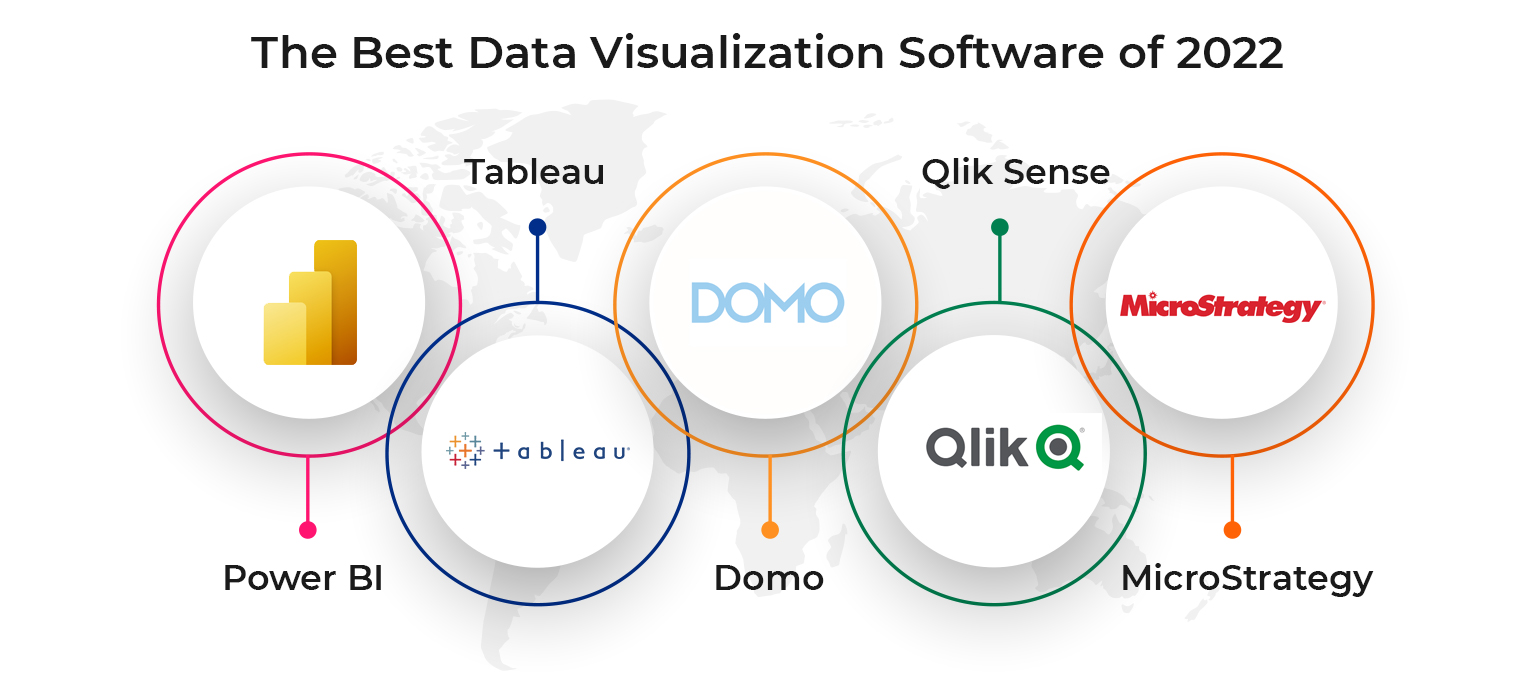Timeline Tales
Exploring the stories that shape our world, one timeline at a time.
Graphs Gone Wild: Visualizing Data Like a Pro
Unlock the secrets of stunning data visuals! Discover pro tips and tricks in Graphs Gone Wild for eye-catching insights that wow!
Top 5 Tips for Creating Eye-Catching Graphs
Creating eye-catching graphs is essential for enhancing the clarity and impact of your data presentation. Here are five effective tips that can elevate your graphs to the next level:
- Choose the Right Type of Graph: Depending on the data you have, select an appropriate graph type (e.g., bar, line, pie). This ensures your audience can easily interpret the information. For guidance on graph types, visit Tableau's guide on data visualization types.
- Use a Consistent Color Scheme: Consistency is key in visual communication. Choose a color palette that represents your brand and maintains harmony throughout your graphs. Tools like Coolors can help you generate appealing color schemes.
Additionally, consider these final three tips to further enhance your graph design:
- Incorporate Clear Labels: Every axis, legend, and data point should be clearly labeled to ensure the audience can easily follow along. Always prioritize legibility over aesthetics.
- Limit the Amount of Data: Avoid clutter by including only the most relevant data points. A clean graph is more engaging and easier to understand.
- Highlight Crucial Data: Use colors or markers to emphasize key data points that you want to draw attention to. This can guide your audience’s focus and enhance their understanding.
For more tips and best practices for creating effective graphs, check out Smartsheet's data visualization tips.

How to Choose the Right Chart Type for Your Data
Choosing the right chart type for your data is crucial for effectively conveying your message and insights. The first step is to identify the primary purpose of your data visualization. Are you looking to compare values, show trends, or represent relationships? For example, if you want to compare the sales figures of different products, a bar chart may be the most effective option. On the other hand, if you want to illustrate how sales have changed over time, a line chart would be more suitable.
Once you understand your data's narrative, the next step is to assess the nature of the data itself. Is it categorical or numerical? If your data consists of discrete categories, a bar chart or a pie chart can effectively represent this information. Conversely, for continuous data, consider a scatter plot to highlight correlations between variables. Remember that the clarity of your visualization is often more important than the complexity of the design.
The Art of Data Storytelling: Transforming Statistics into Stunning Visuals
The Art of Data Storytelling is a transformative skill that combines the analytical rigor of statistics with the creativity of visual communication. By weaving a narrative around numbers, data storytelling helps audiences grasp complex information and derive meaningful insights. In this process, it is crucial to choose the right visuals, as they can enhance understanding and retention. Infographics, charts, and graphs serve as powerful tools to illustrate trends, and effectively presenting data can make the difference between a message that is overlooked and one that captivates the audience. For more on the importance of data visualization, check out this article.
To master data storytelling, one must also consider the audience and tailor the visual presentation to suit their needs. Use a variety of visual formats, such as pie charts for proportional data or line graphs for showcasing trends over time. Additionally, incorporating interactive elements, like dashboards, can significantly enhance audience engagement (see this guide for more tips). Remember, the goal is to not just present numbers, but to narrate a compelling story that resonates with your viewers and inspires them to act on the insights gained.